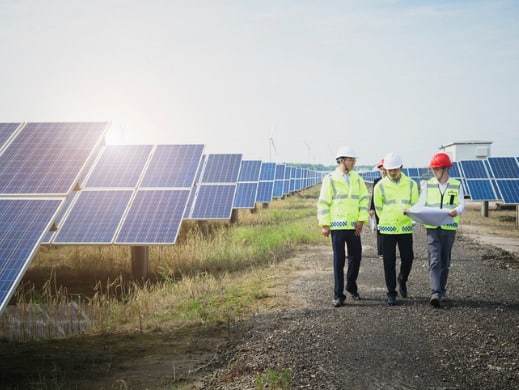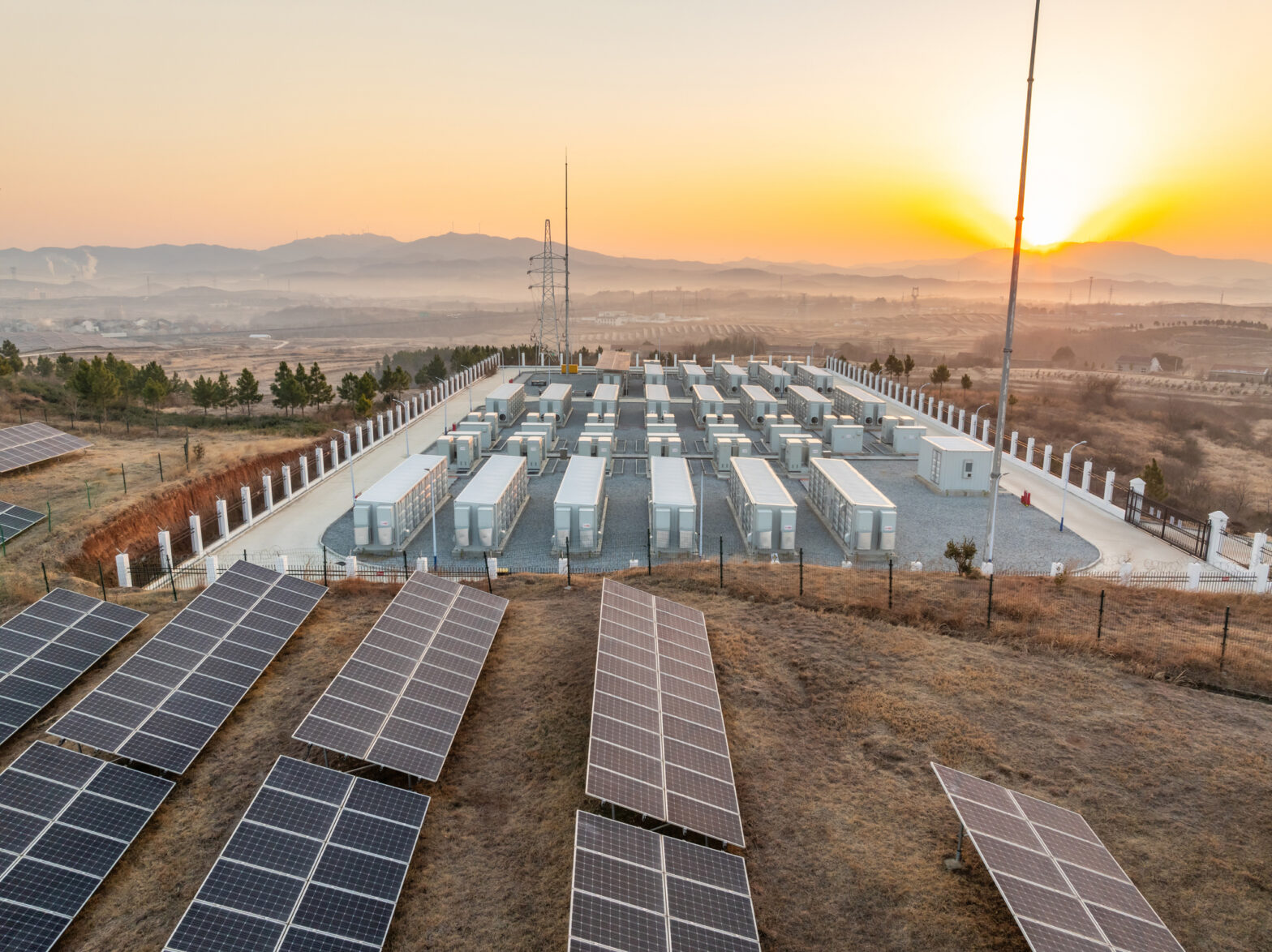In 2000, we found ourselves in another critical time. Oil first breached the $30 per barrel, which now seems pretty quaint, but it sparked global recession. Both US President candidates George W. Bush and Al Gore voiced support for the Kyoto Protocol to limit greenhouse gas emissions, recognizing the the threat of climate change. And I found myself, a relatively junior research engineer in the chemical industry, wondering whether designing new applications for industrial surfactants was how I wanted to spend my career.
I’ve spent the last two decades – first as a Peace Corps Volunteer, then in graduate school, consulting, clean energy project development, state government, and finally at a non-profit research organization – working on accelerating the deployment of cleantech and building more sustainable economies. In that time I’ve paid close attention to the myriad of technologies, policy initiatives, market structures, and business models that have emerged, evolved, thrived, and in some cases, died. As we look to the next decade I remain cautiously optimistic that we can act to mitigate the worst impacts of climate change, building upon the successes and lessons learned from the past two.
2000’s – Proof of Concept for Climate Solutions
At the start of the decade the science of climate change was considered straightforward enough that governments at all levels were beginning to talk about a global mechanism to manage the risk it represented. The result was a decade of real progress – not measured in terms of actual emissions reductions, as those rose across the world – but in laying the foundation for future reductions.
The topic was relatively non-partisan at the start of the decade, which allowed for a lot of constructive progress. There were seeming good faith efforts to address the challenge using mechanisms like a carbon tax and dividend scheme and of course the famous/infamous Waxman – Markey legislation. While Federal policy is generally thought of as a failure, there were some critically important policy developments, including extensions of the ITC for solar and PTC for wind, support through the Recovery Act , support of the national research labs , and perhaps most impactful, the proliferation of state-level renewable portfolio standards. The most “wonky” of policy topics – like whole power market design and transmission development – were shaped by interests in getting more renewable energy to market, and so while the “headline” of US energy policy from the decade is one of disappointment, the reality was much more positive.
The decade was also a time when we began to see serious investment in clean energy technologies – algae biofuels and cellulosic ethanol, hydrogen, next generation nuclear, carbon capture and sequestration were as talked about wind and solar, the technologies that today seem more promising. Creative entrepreneurs innovated on business models at both the wholesale and retail levels to take increasingly competitive onshore wind and photovoltaic energy to scale. By the end of the decade policymakers and investors began to realize the impact hydraulic fracturing would have on the US energy markets, and as a result, our carbon emissions.
Despite the greatest financial crisis since the Great Depression, an increase of actual emissions, the boom-bust cycle of the “nuclear renaissance” and the politicization of climate change by the end of the decade, there was reason to be hopeful based on the technological and economic progress of renewable energy, particularly wind and solar.
2010’s – Deployment at Scale of Cleantech
Despite the clear evidence that wind and solar were becoming increasingly cost effective, and the promise of what low-cost energy storage might further enable for transportation and the electricity sectors, progress in the next decade seemed in slow motion. The politicization of climate change, the realization that we didn’t have a handle on fugitive methane emissions from our newly abundant natural gas resource. Nuclear consistently failed to demonstrate it could be cost-effectively deployed.
Most of all, a reminder that timing was important, especially through Bill McKibben’s popularization of the “carbon budget” concept were causes for dismay. The Clean Power Plan – a backstop measure to Federal legislation, but criticized for its limited ambition on emissions reductions faded into irrelevance. All this was compounded by demonstration of what the “new normal” would look like – Super Storm Sandy , drought-driven conflicts , and catastrophic wildfires . Glacial retreat , arctic sea-ice loss , and Siberian lakes bubbling with methane added even more ominous causes for concern.
Fortunately the work to innovate and scale climate solutions did not cease, and neither policymakers nor the business community stood still. A flurry of clean electricity standards as state goals were met – and exceeded – as cost of renewables declined as promised , which has spurred a new round of clean energy goals. And the emergence of a new generation of voices has ensured that those looking to marginalize concerns about climate will not succeed.
The developments of the last decade, list the 2000’s, have been both profoundly encouraging and profoundly frustrating. That duality has led me to look for a new source of optimism, one that actually has two parts: 1) ubiquity of data analytics and associated hardware, and 2) demonstration that consumers can actually start to care about energy decisions, and therefore decarbonization, through creative engagement (think Tesla, LEDs, and Nest thermostats.)
2020’s – Looking forward to the next decade, led by the empowered consumer
Wind and solar are wonderful sources of increasingly cheap zero-carbon energy sources, but are intermittent – there when the wind blows or sun shines, but the underlying “fuel supply” is neither always readily available nor storable. Many potential solutions, including periodic curtailment, larger energy balancing areas, and investment in orders of magnitude more energy storage are being pursued. The one I’m most intrigued by is fascinating for three reasons – first, it requires consumer engagement, second, it is enabled by innovation in data analytics, and third, it turns on its head one of the fundamental assumptions about how the electric power industry has to work.
I’m speaking of course, about creating truly flexible demand. Demand flexibility, delivered through next generation demand response, will allow us to integrate increasingly levels of variable wind and solar, manage the increased electricity load from transportation and other beneficial electrification and balance the market power of demand with that of supply, creating new opportunities for costs savings while lowering the cost of energy supply resilience. But obviously, it’s not so simple to achieve.
Since Thomas Edison and Samuel Insull created the electric power industry, one of the fundamental engineering design assumptions has been that load is inflexible – people and businesses need power whenever they need it, and the job of the utility is to provide instantaneous energy upon demand. Time-of-use rates and demand response programs have been around for decades, but today represent under one-half of one-percent of the total power generation capacity in the U.S. This makes sense, because up until recently the transaction cost and frustration factor has been significantly greater than the value of flexibility.
But now, with sensing, data, and communications costs dropping and technology becoming ubiquitous, those transactions costs are falling away as a barrier. Even better data analytics allows us to better identify, design offers to deploy, dispatch, and evaluate performance of customer-sited distributed energy resources, from smart thermostats to EV chargers to grid-connected water heaters. Of course another name for “demand” is “customers” – so of course, we need to get customers on board.
The next decade of energy sector decarbonization will build on the technology and the policy-driven proof-of-concept from the 2000’s, and the business model and markets-driven proof-of-scalability from the 2010’s. The decade will deliver proof-of-success if we can reorganize our traditionally top-down, centrally planned energy system to one that is consumer-driven, and with the demand side of the equation set the market traditionally ruled by supply. Of course, that is what Uplight is all about, and I’m looking forward to working as part of our team, and with our partners, to make that happen.





